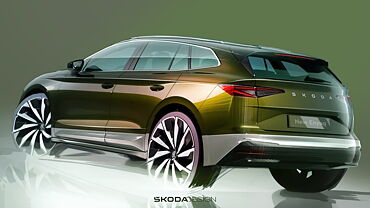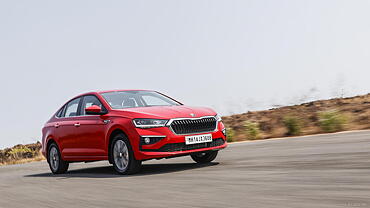
This just came in. The Chiron, successor to the world’s fastest production car, the Bugatti Veyron, unfortunately, has a limited top speed of 237mph (381kmph). This phenomenal number can be further boosted to 261mph (420kmph) with the use of ‘top speed’ key that slots into the doorsills. The Chiron, in fact, is capable of going way beyond that, but is limited in its pursuit of speed due to forces acting on the tyres.
Andy Wallace, the test driver for Bugatti asserts that the Chiron has a potential of hitting the magic number of 300mph (482kmph) with relative ease. But this is practically impossible right now on the conventional tyres since forces at that speeds are devastating. Even at the current top speed of 420kmph, the rubber and the wheels are undergoing extreme forces. At that level of speed, the 2.5gram valve cap on each wheel weighs an equivalent of 7.2kg. As the speed increases, the loads acting on the car parts increases exponentially.

The tyres available right now cannot withstand that kind of load at 300mph, according to Wallace. However, there’s still hope. French tyre maker, Michelin is up for the task and the carmaker is certain that the engineers at Michelin will be able to develop the tyres by next year. At that time, Bugatti plans to gun the 1,480-horsepower hypercar for claiming back the fastest production car title.
The venue for the record attempt next year would be the same Volkswagen-owned test track facility in Ehra-Lessien where the Veyron previously set its world record of 431.072kmph (267.856mph). Wallace hopes the tyre technology matches up by then to unleash the full potential of the 1,479horsepower Chiron and allow it to breach the 300mph barrier. Perhaps a future version of the Chiron such as Supersport Edition of the Veyron will be able to break the 300mph mark.

































